
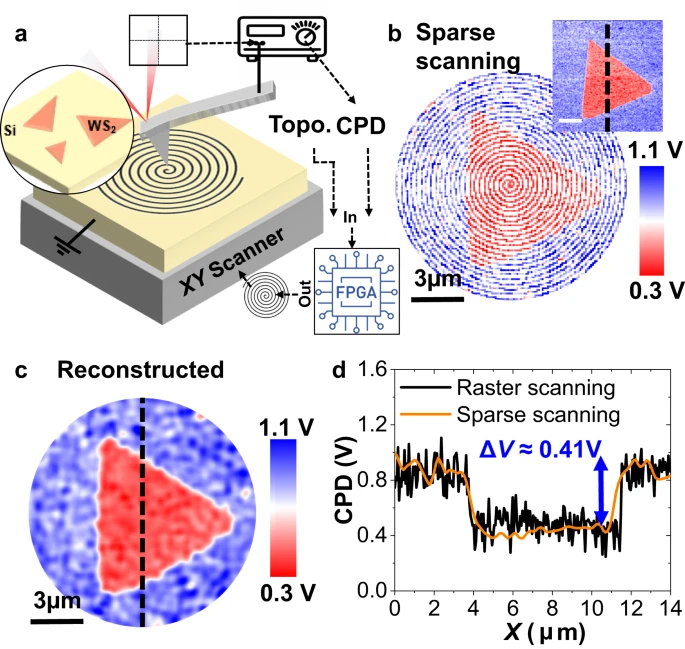






NanoWorld AFM probes wishes everyone Happy Halloween!

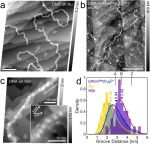







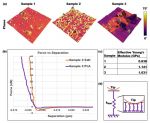





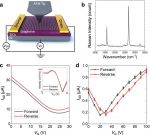










Finally, available outside of Japan - original and unaltered Olympus*** AFM probes, packaged and labeled by Olympus*** in Japan! THE REAL DEAL!
Olympus*** have discontinued all their Olympus*** Micro Cantilever AFM probes, meaning that Olympus*** announced in September 2022 that no further production of Olympus*** AFM probes is taking place.
Olympus*** Corporation have remaining stock of some of the popular Olympus*** Micro Cantilever AFM probe models and they have entrusted NanoAndMore Japan as partners with the resale and distribution of the remaining stock of original Olympus*** AFM Probes to customers. Supply as long as stock lasts!
Important to know:
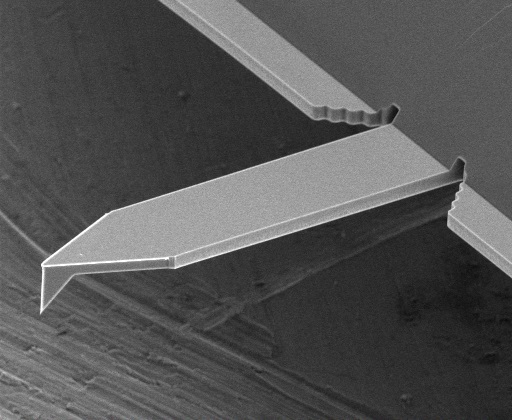 NEW: Original and unaltered Olympus AFM probes offered by NanoAndMore.com
NEW: Original and unaltered Olympus AFM probes offered by NanoAndMore.com


Two-dimensional (2D) transition metal dichalcogenides (TMDCs) have layered structures with excellent tribological properties. *
Since the energy difference between hexagonal-molybdenum ditelluride (2H-MoTe2) and distorted octahedral-molybdenum ditelluride (1T’-MoTe2) is very small among the transition metal dichalcogenides (TMDCs), MoTe2 becomes one of the most promising candidates for phase engineering. *
In the article “Comparative analysis of frictional behavior and mechanism of molybdenum ditelluride with different structures” Lina Zhang, Xinfeng Tan, Jianguo Jiao, Dan Guo and Jianbin Luo report that they found that the friction force and friction coefficient (COF) of 2H-MoTe2 were an order of magnitude smaller than those of 1T’-MoTe2 by the atomic force microscope (AFM) experiments. *
Read more...


